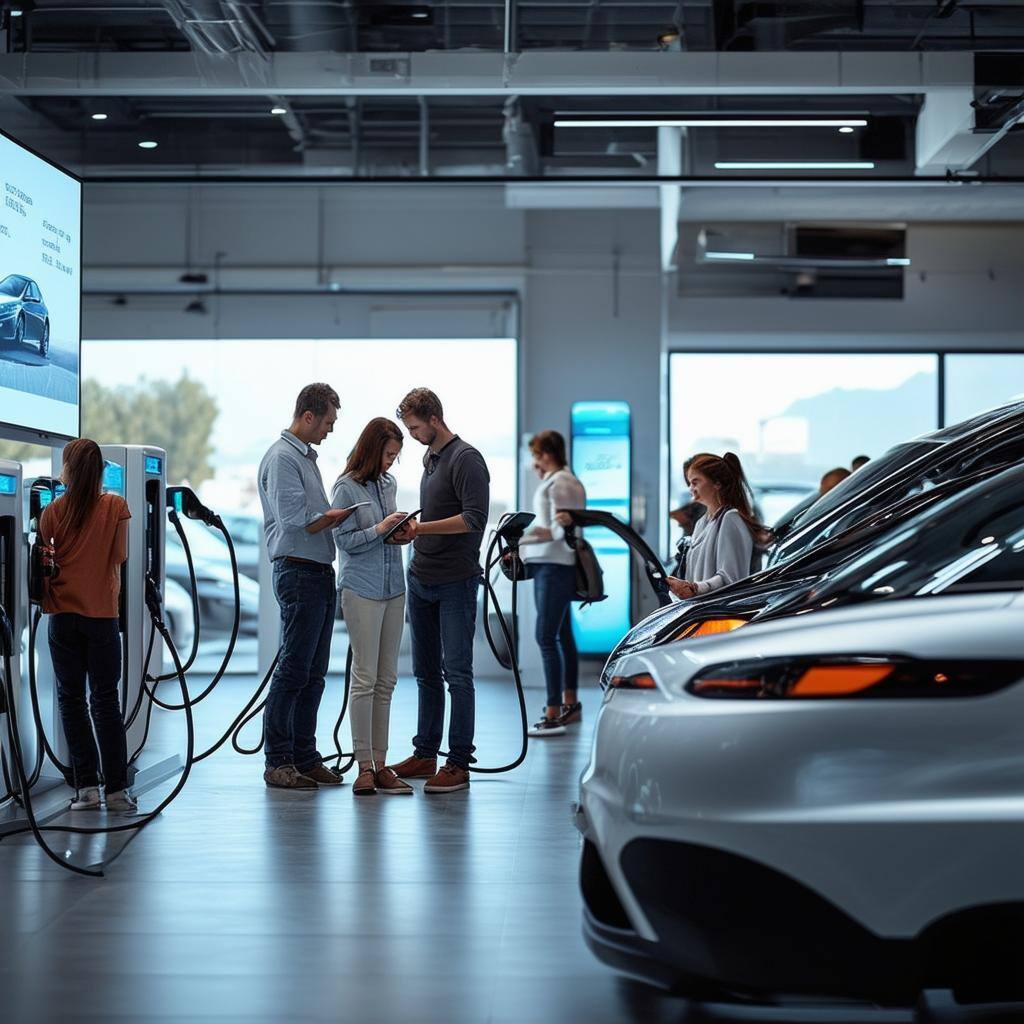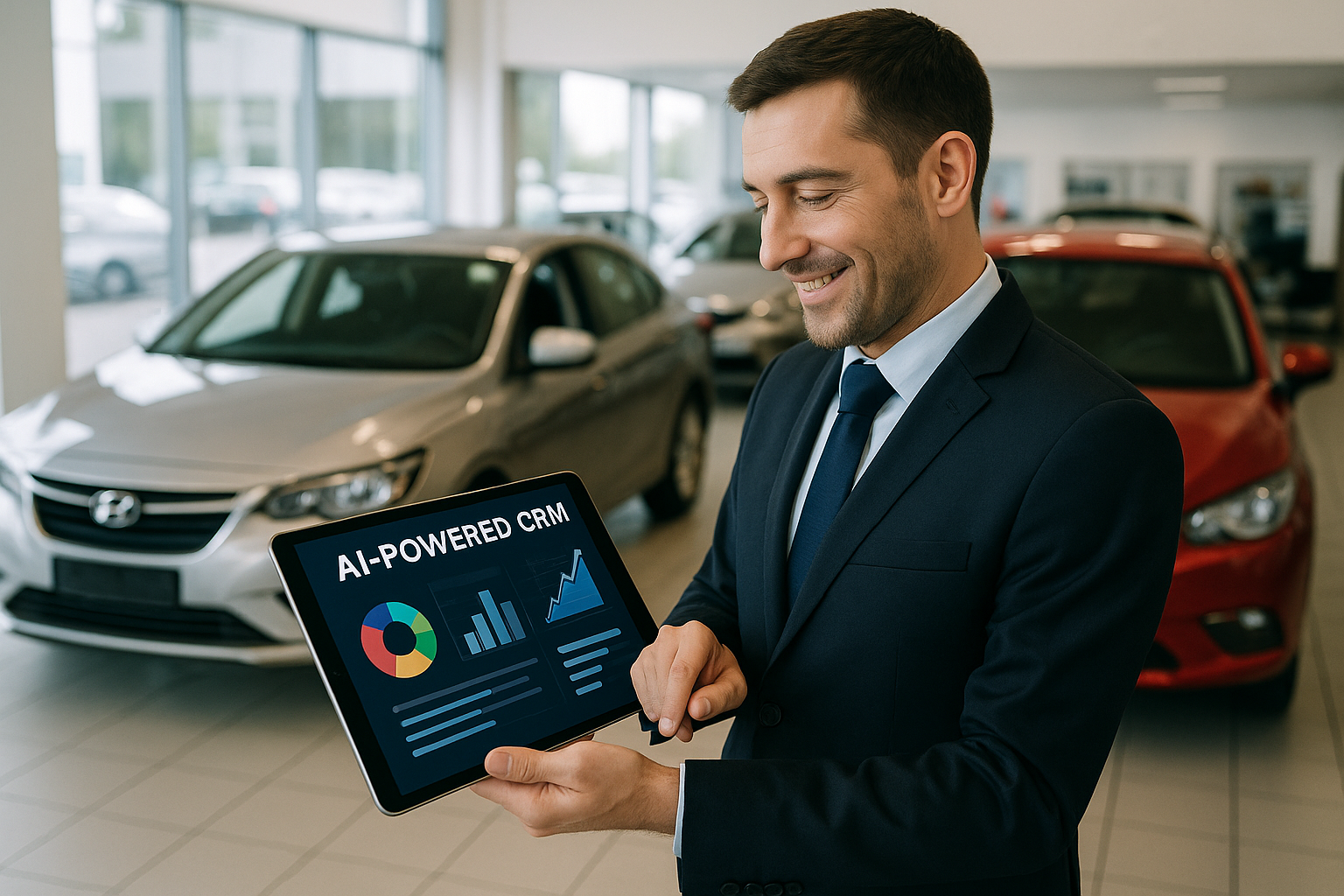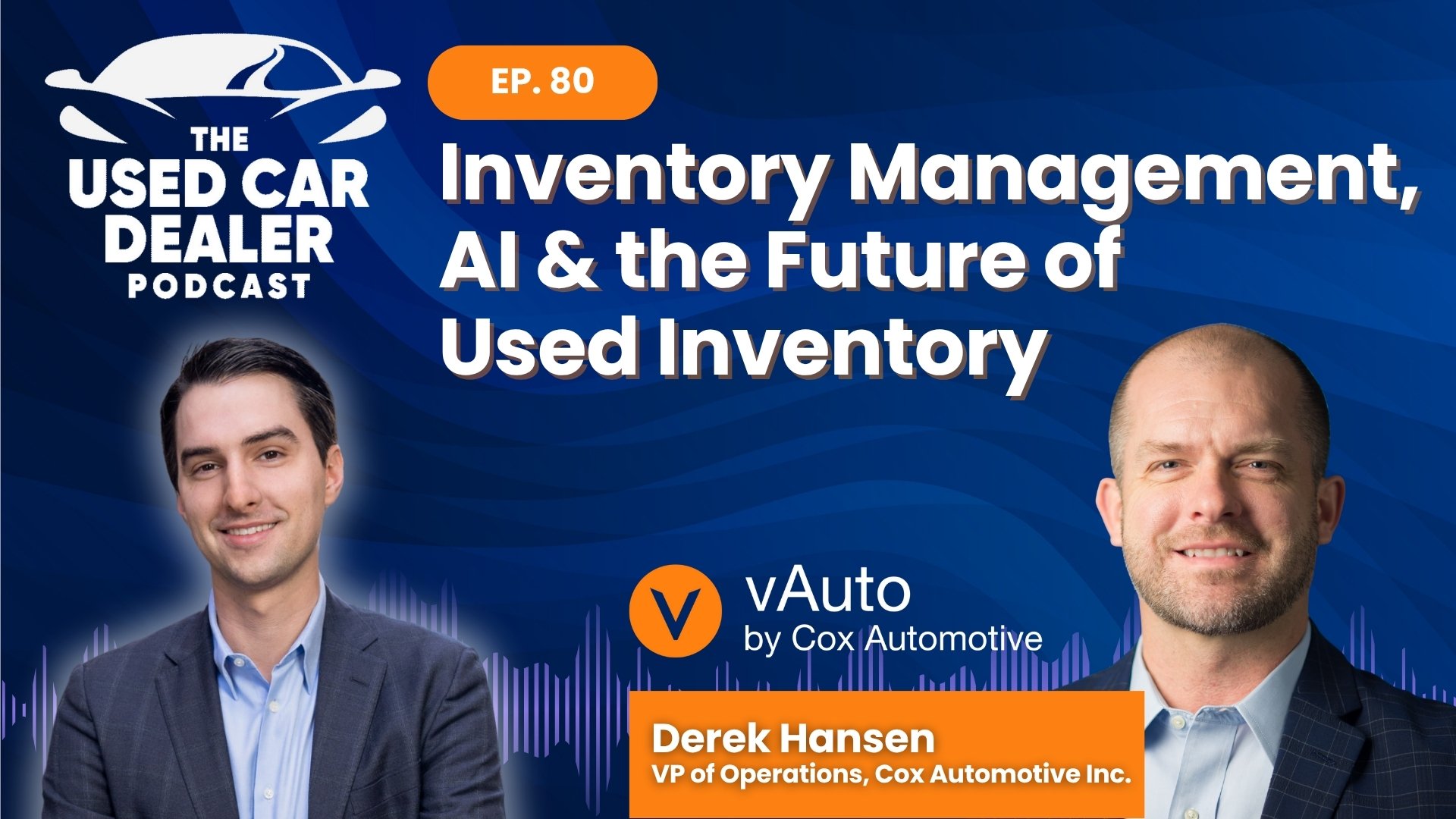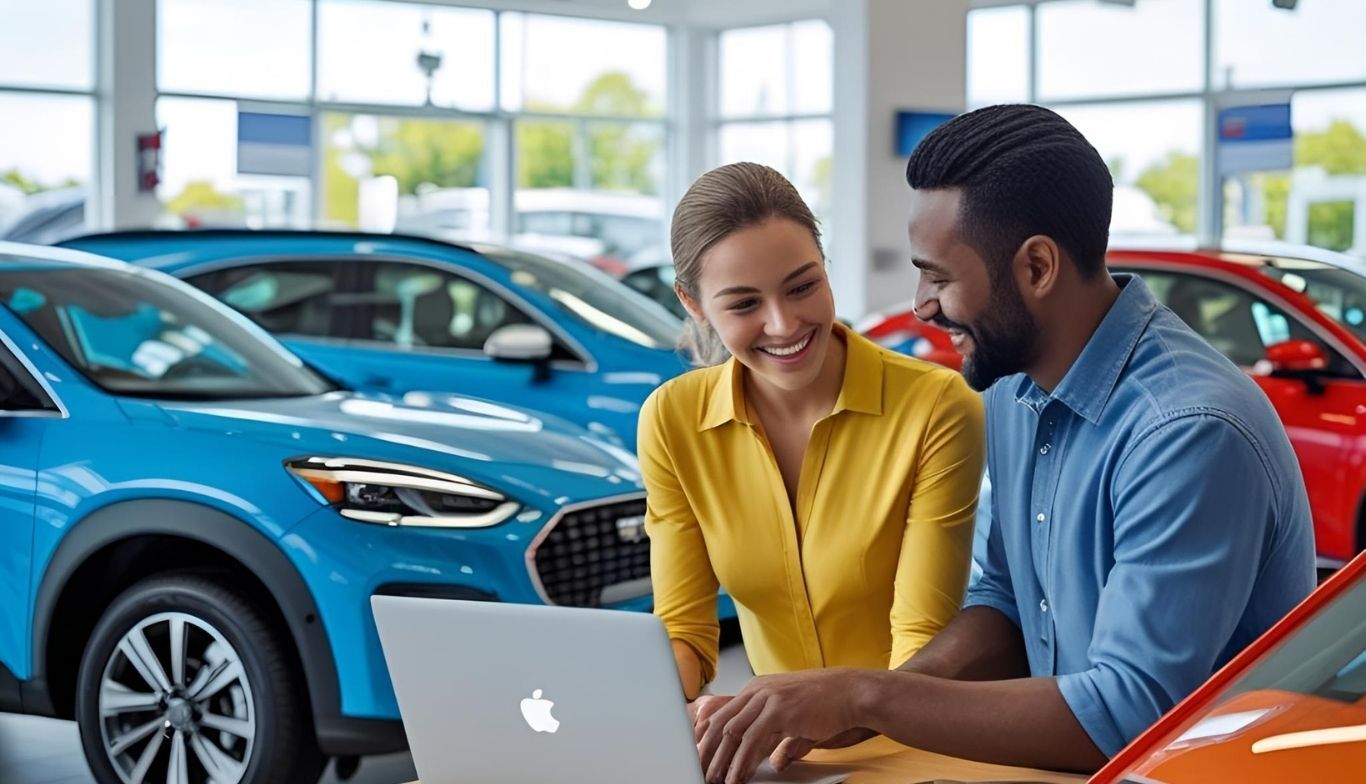How prepared are you for the changing world of used car sales just around the corner in 2025? Dealers who anticipate upcoming trends can turn emerging technologies and market shifts into real opportunities. The auto sector has been transforming for decades, yet the approach of 2025 promises an even more dramatic leap—especially in the used car segment, where companies like Carvana have already reshaped expectations. As vehicles become more connected, electrified, and software-driven, the pre-owned models arriving on your lot won’t look or feel much like those you were selling five years ago.
The stakes couldn’t be higher. Research from Cox Automotive shows that used car transactions in the U.S. recently outpaced new car sales by more than double. With the economy in a delicate balance, shoppers are seeking both value and reliability, positioning pre-owned vehicles as a vital component of automotive retail. By 2025, more secondhand cars will boast advanced features once reserved for high trims or luxury badges. For dealerships, keeping up with these developments is no longer optional—it’s essential.
Connectivity is no longer a novelty; it’s the norm. Most modern vehicles already come with telematics, smartphone sync, predictive maintenance notices, and over-the-air (OTA) updates. By 2025, these features will be standard in even many base-model used cars. In fact, Gartner projects that connected models will comprise the majority of the global vehicle fleet by the mid-2020s, giving dealerships unprecedented access to rich vehicle data. Leverage that information to your advantage. Provide digital “health updates” and telematics histories, not just basic maintenance logs. Potential buyers want to see a car’s entire lifecycle—from tire pressures to average fuel economy over time. This level of detail sets you apart, reassures shoppers, and builds trust. When they see you’re fully transparent, negotiations become simpler and loyalty grows.
Electric vehicles are no longer a fringe segment. According to the International Energy Agency, global EV sales exceeded 10 million in 2022, and the numbers keep climbing. As these electric models hit the road, their used counterparts will begin showing up on your lot—likely sooner than you think. Lower maintenance costs, smoother rides, and potential tax advantages make them appealing to buyers looking for both practicality and innovation. To profit from this surge, familiarize yourself with the EV market. Know how battery health influences a car’s resale value, what local charging solutions exist, and how at-home or workplace charging setups operate. Form partnerships with charging station installers or offer charging accessories to sweeten the deal. Customers may hesitate to go electric if they’re unsure about range or charging logistics, so becoming a knowledgeable resource can convert their doubts into real enthusiasm.
Looking ahead, cars will rely more heavily on AI-driven systems to predict needed maintenance before a serious issue arises. These technologies continuously track wear, anticipate failures, and send notifications to owners. This capability removes much of the guesswork from buying used. Rather than offering a vehicle “as is,” you can explain that it’s been actively monitoring its own health. Make predictive maintenance part of your sales pitch. Emphasize that onboard intelligence helps drivers sidestep unexpected repair bills, letting them enjoy ownership with fewer surprises. Offering a clear outline of future maintenance needs reassures buyers they’re making a smart investment, rather than gambling on a car that might hide expensive issues.
Long gone are the days when AM/FM radio was enough. Modern infotainment systems link to smartphones, provide real-time navigation, and support popular streaming apps. By 2025, advanced infotainment will be commonplace, even among mid-tier used vehicles, featuring friendly interfaces, voice controls, and OTA updates. Showcasing these capabilities can clinch a sale. Walk potential buyers through pairing their phone, starting up playlists, or using Apple CarPlay or Android Auto. Underscore how OTA updates keep the software fresh, ensuring they won’t be stuck with obsolete tech. Positioning the vehicle as a seamless addition to a shopper’s digital lifestyle often tips the scales in your favor.
Thanks to the wealth of detailed information now available—covering maintenance logs, telematics data, and more—you can price your inventory with greater accuracy. Better insights translate to steadier margins, fewer surprises during negotiations, and a big boost in transparency. Customers prefer knowing exactly how you arrived at a price, and data-backed valuations give you a rock-solid explanation. Using quantifiable details for your certification programs helps you stand out. Show buyers you aren’t simply “kicking the tires” but are relying on real metrics to confirm a car’s condition. When shoppers see your numbers are rooted in facts rather than guesswork, their confidence in both the car and your dealership grows. That translates into stronger sales, more referrals, and a stellar reputation.
The best strategy is to start adapting now so that by 2025, your dealership can thrive in a market where advanced safety tech, connectivity, electrification, software updates, predictive maintenance, top-tier infotainment, and data-driven pricing are par for the course. The used car business has always been in flux, but the pace of change over the next few years could eclipse anything we’ve seen before. By preparing your staff, refining your approach, and embracing these new trends, your dealership can set the pace—and seize the opportunities—of a rapidly evolving automotive world.






.jpg)
.jpg)
.jpg)
.jpg)


.jpg)
.png)
.png)
